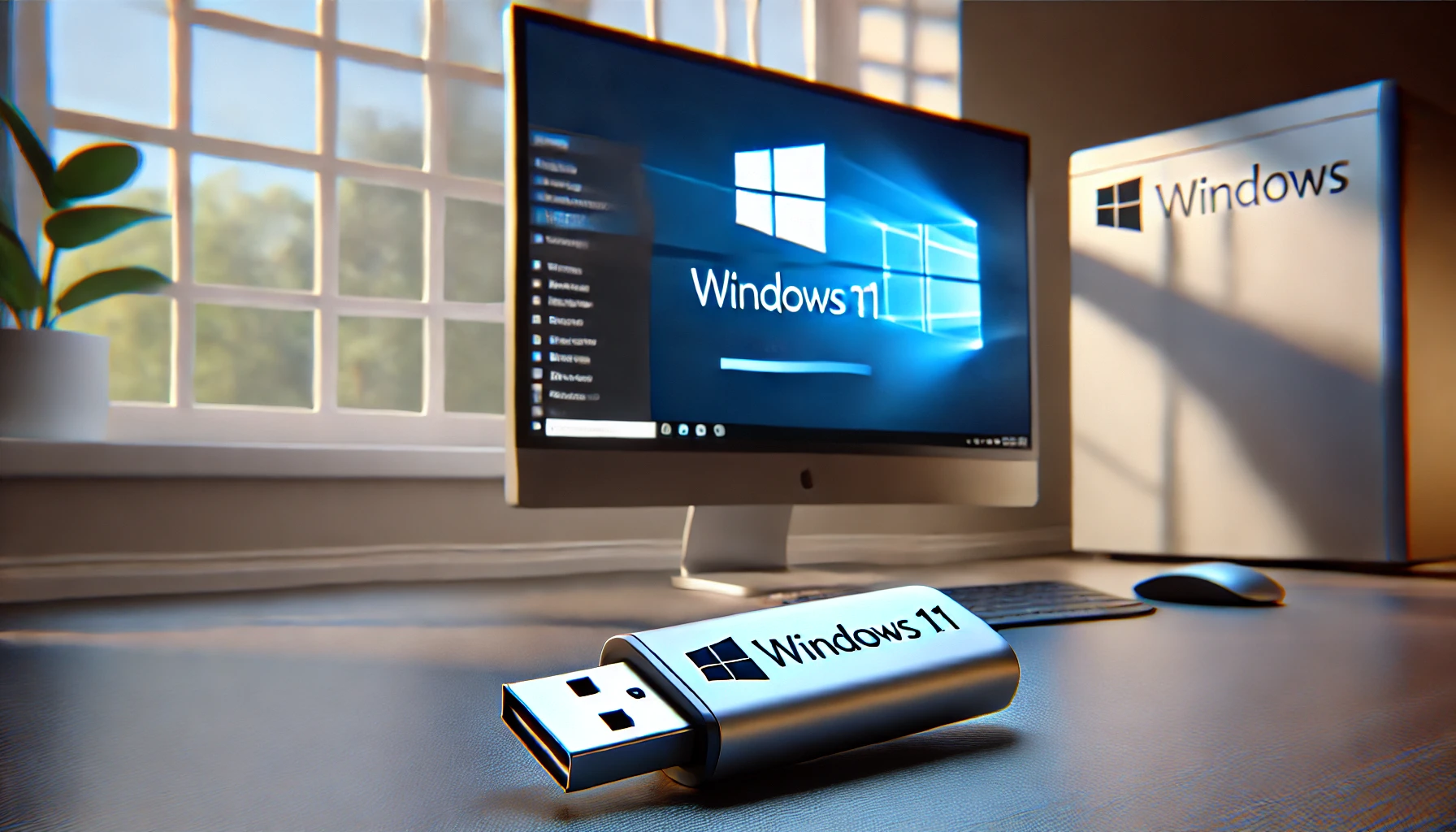Simple Trick: Install Windows 11 on Any Old PC (Bypass TPM & CPU Checks)
This method allows installation on **unsupported hardware**. Microsoft does not officially endorse this and may **stop providing critical security updates** to unsupported PCs in the future. **Proceed at your own risk.**
Windows 11 requires strict hardware like a **TPM 2.0 chip** and a relatively modern CPU. Fortunately, there is a simple, official workaround using the Windows Registry that lets you bypass these checks without needing complex third-party tools.
Prerequisite: Create Windows 11 Installation Media
Before you begin, you need a **bootable Windows 11 USB drive**. Use the official Microsoft Media Creation Tool to download and create the installation drive.
- You will need a USB drive that is at least **8GB** in size.
- Ensure your PC is set to **boot from the USB drive** (often done by pressing F2, F10, or F12 at startup).
⚙️ The Simple Registry Trick (The Bypass)
This trick is performed mid-installation when the hardware check fails. It takes less than a minute to execute.
- Start Installation: Boot your old PC from the Windows 11 USB drive. Proceed through the initial language and region setup screens until you reach the screen that says: **"This PC can't run Windows 11."**
- Open Command Prompt: At the error screen, press the keyboard shortcut **Shift + F10**. A Command Prompt window will open.
-
Launch Registry Editor: In the Command Prompt window, type
regeditand press **Enter**. -
Navigate to Setup Key: In the Registry Editor window, navigate to the following path in the sidebar:
HKEY_LOCAL_MACHINE\SYSTEM\Setup -
Create the Bypass Key: Right-click on the **Setup** folder, select **New** > **Key**, and name it **MoSetup**.
Note: In some older versions, you may need to use a key named **LabConfig** instead of MoSetup, but the MoSetup method is currently preferred for in-place upgrades.
- Create the DWORD Value: Select the new **MoSetup** key. Right-click in the empty space on the right pane, select **New** > **DWORD (32-bit) Value**.
-
Name and Set the Value:
- Name the new DWORD: **
AllowUpgradesWithUnsupportedTPMOrCPU** - Double-click the new value and change the **Value data** from 0 to **1**. Click **OK**.
- Name the new DWORD: **
- Continue Installation: Close the Registry Editor and the Command Prompt. Click the **Back arrow** in the top left of the Windows Setup screen. Then, click **Next** again.
The installer should now skip the strict hardware checks and allow you to proceed with the Windows 11 installation as normal, even on unsupported PCs!
❓ What Happens Next?
- Updates: Microsoft typically allows unsupported PCs to continue receiving standard security and cumulative updates, but this is not guaranteed for major feature updates (like 25H2, 26H2, etc.). You may need to repeat this bypass trick for those major versions.
- Performance: If your hardware is very old (e.g., extremely low RAM or a very slow HDD), Windows 11 may run sluggishly despite the installation being successful.
Successfully running Windows 11 on your unsupported PC proves that you don't always need the newest hardware to enjoy the latest software features. Enjoy the upgrade!




0 Comments